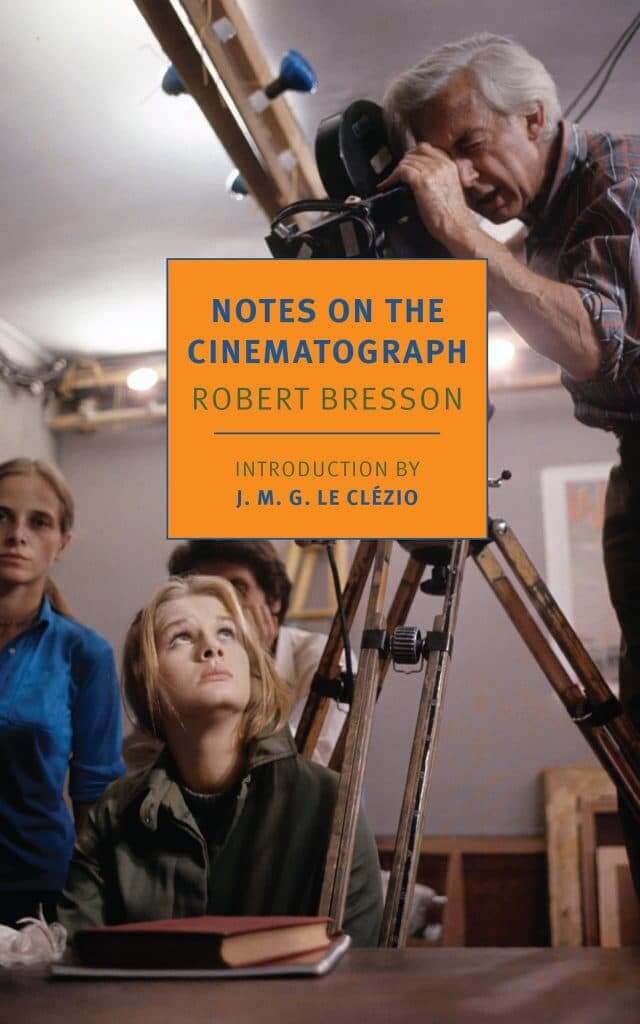
The book covers cinematic technique as well as technical knowledge on exposure, optics, lighting, image control, shooting HD video and more.
#BEST CINEMATOGRAPHY BOOK DIRECTOR PROFESSIONAL#
This comprehensive book is geared for those who are interested in practicing cinematography on a professional level. Title: Cinematography Theory and Practice: Image Making for Cinematographers and DirectorsĪuthor and Publisher: Blaine Brown, Focal Press 2012 Happy reading and thank you all for supporting and commenting on the blog!!! We have compiled a list of valuable resources for you to use to expand your scope and vision. In his well-chosen case studies, Beach encourage us to fundamentally rethink film authorship, film style, and the creative chemistry between director and cinematographer on a remarkable range of Hollywood films, from the silent era to the digital age.Many people have approached me with questions about books that have inspired me as a filmmaker. "Christopher Beach’s breakthrough book stands alongside Patrick Keating’s Hollywood Lighting as a foundational work in the study of Hollywood cinematography.

Packed with richly detailed case studies, the book shows how new technologies and new ideas about cinema as a visual art have shaped a wide range of classics, from Double Indemnity and Rear Window to JFK and Saving Private Ryan."-Patrick Keating, author of Hollywood Lighting from the Silent Era to Film Noir Rejecting the auteur theory’s belief in the primacy of the director, Beach demonstrates that many of the greatest Hollywood directors enjoyed long and productive partnerships with skilled and talented cinematographers. "Christopher Beach’s A Hidden History of Film Style celebrates Hollywood cinema as a collaborative art. Eschewing auteurist mystification, Beach makes technical matters and the filmmaking process crystal clear while expanding our understanding of how canonical films actually were designed and shot."-Sarah Kozloff, author of The Best Years of Our Lives

"Finally, a study that doesn't just pay lip service to film as a collaborative art but that actually reveals the ways in which directors and cinematographers have worked together.

Griffith and Billy Bitzer, William Wyler and Gregg Toland, and Alfred Hitchcock and Robert Burks-this pivotal book underlines the importance of cinematographers to both the development of cinematic technique and the expression of visual style in film.

Through analysis of several key collaborations in American cinema from the silent era to the late twentieth century-such as those of D. Drawing upon oral histories, early industry trade journals, and other primary materials, Beach examines key innovations like deep focus, color, and digital cinematography, and in doing so produces an exceptionally clear history of the craft. Christopher Beach argues that an understanding of the complex director-cinematographer collaboration offers an important model that challenges the pervasive conventional concept of director as auteur. A Hidden History of Film Style is the first study to focus on the collaborations between directors and cinematographers, a partnership that has played a crucial role in American cinema since the early years of the silent era.
#BEST CINEMATOGRAPHY BOOK DIRECTOR MOVIE#
The image that appears on the movie screen is the direct and tangible result of the joint efforts of the director and the cinematographer.


 0 kommentar(er)
0 kommentar(er)
